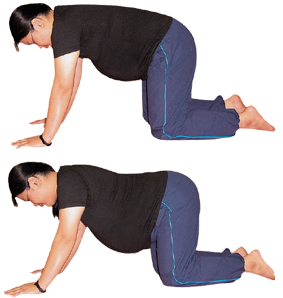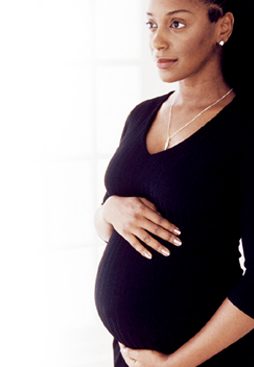Ever since the day that narrow blue line appeared in your pregnancy test kit window, you’ve made it a point to eat well, avoid smoky environments and stay away from cigarettes and alcohol. This means you’re doing all you can to give baby a good, healthy start in life – almost.
There is one more thing you can do to improve your health and baby’s while you wait for the big day. Regular exercise maintains your cardiovascular health; improves skin and muscle tone; relaxes you; enhances blood circulation; and puts your new family on the road to good health for life.
Recommended Exercises
These are some of the exercises you can do while pregnant. Always consult your doctor/physiotherapist before starting on a new exercise.
- Walking/jogging at a speed comfortable to you. Never exercise at a pace at which you find it difficult to breathe or speak.
- Swimming, ideally in a treated pool; rivers, ponds and water holes contain bacteria and other contaminants that may give both of you an infection.
- If you must indulge your love of the sea, stay away from scuba until after you deliver. Snorkelling is much safer.
- Light weight-lifting exercises (provided you grip the weights firmly and don’t lift them over your head).
- Pelvic floor exercises are important now as well as when you deliver. The pelvic muscles support your bowel, bladder and womb; during pregnancy, they stretch out under the weight of your growing baby. Exercising them will help keep them strong, preventing you from having an embarrassing leak from the bladder while coughing, sneezing or laughing.
In particular, the following exercises will help you tone the muscles that you will rely on during pregnancy and labour.
“Pelvic tilt”
This exercise strengthens stomach muscle and increases back and pelvic flexibility. It helps to relieve backache, and once you learn to do it in this position, you can also do it while standing, sitting or lying down.
- Kneel on the floor and place your hands on the floor, directly beneath your shoulders. Make sure your back is parallel to the floor.
- Tighten your stomach and buttock muscles and tilt your pelvis forward. Exhale slowly. This should make your back arch upwards slightly. Hold, then inhale and return to beginning position. Repeat several times.

“Tailor sitting”
This is a posture exercise that strengthens the back and makes thigh and pelvic muscles more flexible. It also improves bloodcirculation in your lower body.
- Sit with your back straight, knees bent and the soles of your feet together. Bring your heels as close to your body as possible.
- Grasp your ankles, and use your elbows to press your thighs down (within tolerance; don’t force). Hold for 20 seconds, then relax. Repeat several times.
- If you find this too difficult, practise by sitting straight against, not leaning on, a wall.
Squatting
Although you can do this exercise purely to tone muscles and improve flexibility, you should also use this position when you need to pick up objects from the floor.
- With your feet shoulder-distance apart, turn your legs outwards at a comfortable angle.
- Bend at the knees, keeping your back straight. Keep your heels on the ground the whole time. Stretch your inner thighs further by pressing them outwards with your elbows. It’s easier to do this with your hands clasped. Stay in this position for as long as you can balance without wobbling, and without your feet and calves going numb.
Exercise Cautions
Avoid activities involving high altitude (eg mountain climbing), and anything that puts you at risk of serious falls, eg horseback riding.
Don’t exhaust yourself exercising; if you can’t breathe comfortably or talk normally while exercising, slow your pace or do something less strenuous.
Towards the end of your 2nd trimester, stop doing any exercises that require you to lie on your back for more than afew minutes.



Comments